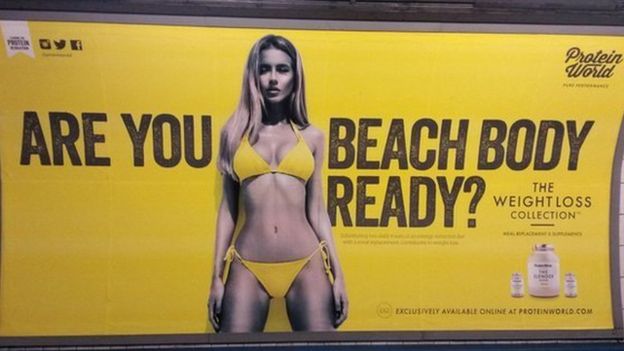Week Two -
The Birth of Film:
1878, the Horse in Motion.
Until 1927, films were all silent.
The oldest surviving motion picture was in 1888, by Louis Le Prince.
First use of Animation -1899.
A standardised product - like a factory, Hollywood films were made and are still made in warehouses and offices using the industrialised labour on a narrative and industrial level.
Production line
'Classical Hollywood Narrative' - describes the era of early film production referring to the several characteristics that typified film making ideology at the time.
Characteristics:
- Emphasis of spacial continuity - the audience always knows where they are at any time.
- Emphasis on Temporal continuity - the audience always knows I what order the events have transpired, and any flashbacks and so forth will be clearly signposted.
- The film must be realistic, and must not make reference to other filmic or popular texts.
- Spectator should be aware of exactly what is happening at all times, and should leave the cinema satisfied with the conclusion, and there should be no doubt as to the ideology or message of the film.
Films that do follow this: Slumdog Millionaire
Films that don't: Suicide Squad / Split
Film Industry Key Terms
Vertical/Horizontal Integration:
Vertical - where a company buys "up other companies involved in different stages of media production
Horizontal - where a company buys "other companies in the same sector to reduce competition.
The Studio System:
The classical (Big 5 - Warner Brothers/Disney/CBS/21st Century Fox/Comcast)
Conglomeration:
Conglomeration is a company that owns numerous companies involved in mass media enterprises, such as television, radio, publishing, motion pictures, theme parks, or the Internet. Conglomeration is the 'process' of a conglomerate being formed.
Production:
The production process refers to the stages (phases) required to complete a media product, from the idea to the final master copy. The process can apply to any type of media production including film, video, television and audio recording.
Distribution:
The digital distribution is the delivery or distribution of media.
Key Theory 14 - the Cultural Industries (Davis Hesmondhalgh)
Universal Pictures:
- American Film Studio owned by Comcast and NBC.
- It is a conglomerate and is also owned by a conglomerate.
- Founded in 1912.
- Oldest surviving film industry of the States.
- Some films owned by Universal Studios - Jurassic collection, Back to the Futures, Bruce Almighty, Fast and Furious films, Despicable Me, Jaws, etc.


